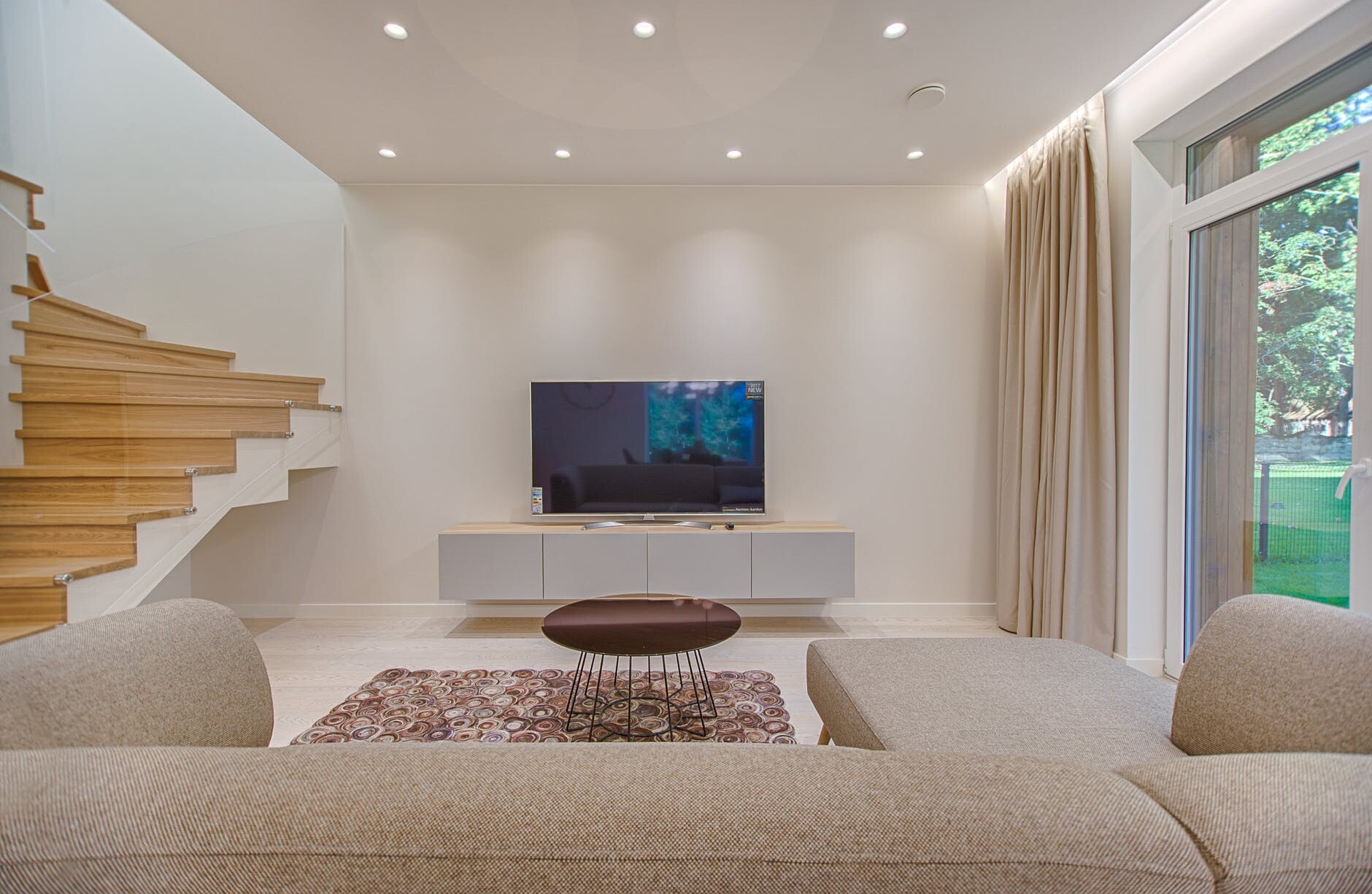

Articles
How To Place Recessed Lighting In Living Room
Modified: January 18, 2024
Learn how to strategically place recessed lighting in your living room with our informative articles. Illuminate your space in style and create the perfect ambiance.
(Many of the links in this article redirect to a specific reviewed product. Your purchase of these products through affiliate links helps to generate commission for Storables.com, at no extra cost. Learn more)
Introduction
When it comes to designing the lighting for your living room, recessed lighting can be a game changer. The sleek and modern appearance of recessed lights not only adds a touch of elegance to your space but also provides efficient and balanced lighting. Whether you are renovating your living room or building a new one, incorporating recessed lighting can transform the ambiance and functionality of the space.
In this article, we will guide you through the process of properly placing recessed lighting in your living room. From evaluating the ceiling height and layout to calculating the number of lights needed, we will cover all the essential aspects to help you make informed decisions.
Before we dive into the technical details, it’s important to understand the benefits of recessed lighting. One of the key advantages is its ability to provide uniform illumination without occupying visual space. Unlike traditional lighting fixtures that can clutter the ceiling, recessed lights are installed flush with the ceiling, creating a seamless and tidy appearance.
Furthermore, recessed lighting offers flexibility in terms of adjusting the brightness and direction of light. By adding dimmer switches, you can control the intensity of the light and create the desired mood for different occasions. Whether you want bright and focused lighting for reading or a soft and cozy ambiance for movie nights, recessed lighting can fulfill your lighting needs.
Another advantage of recessed lighting is its versatility in design. With a wide variety of trim options, you can choose a style that complements your living room’s decor and adds a touch of personality to the space. From sleek and minimalistic trims to decorative trims, the possibilities are endless.
Now that we understand the benefits of recessed lighting, let’s explore the key factors to consider when determining the placement of recessed lights in your living room. By carefully assessing these factors, you can achieve an optimal lighting layout that enhances the functionality and aesthetics of your space.
Key Takeaways:
- Proper placement of recessed lighting in the living room is crucial for even distribution of light, highlighting focal points, and creating the desired lighting ambiance. Consider ceiling height, layout, and task lighting needs for optimal results.
- Calculating the number of recessed lights required is essential to avoid under or over-illumination. Factors such as square footage, desired lighting intensity, and light output per fixture should be considered for balanced and effective illumination.
Read more: How Many Recessed Lights For A Living Room
Determining the Placement of Recessed Lighting
The placement of recessed lighting in your living room is crucial to ensure even distribution of light and to highlight the different areas and features of the space. To determine the placement of your recessed lights, consider the following factors:
- Ceiling height and layout: The height of your ceiling plays a significant role in determining the placement of recessed lights. If you have a standard ceiling height of around 8 to 9 feet, a spacing of about 4 to 5 feet between each light is ideal. However, if you have a higher ceiling, you might need to space the lights further apart to achieve balanced lighting. The layout of your living room, including any architectural features or furniture arrangements, should also be considered when planning the placement of the lights.
- Task lighting requirements: Assess the different activities that take place in your living room and determine if any specific areas require task lighting. For example, if you have a reading nook or a study area, you might want to place recessed lights directly above those spaces to provide adequate lighting for tasks. Task lighting can also be essential in areas where you perform activities that require focused illumination, such as a home office or a crafting area.
- Focal points: Identify the focal points in your living room, such as a fireplace, a piece of artwork, or a decorative feature. Placing recessed lights strategically to highlight these focal points can add depth and visual interest to your space. Consider using adjustable trims or directional recessed lights to direct the light precisely where you want it.
- Ambient lighting: Consider the overall lighting ambiance you want to create in your living room. Recessed lighting can serve as the main source of ambient lighting, providing a soft and diffused glow throughout the space. Depending on the size of your living room, you may need to install multiple lights to achieve the desired level of illumination.
- Walkways and traffic flow: Take into account the pathways and areas where people move around the most in your living room. Placing recessed lights along these paths can improve safety and visibility. It’s essential to ensure that the lights are not positioned too low, which can create glare or obstruct the line of sight.
By carefully considering these factors, you can determine the optimal placement of your recessed lights, creating a well-lit living room that serves both functional and aesthetic purposes. Once you have identified the ideal locations for your recessed lights, the next step is to calculate the appropriate spacing between them.
Evaluating the Ceiling Height and Layout
When it comes to placing recessed lighting in your living room, evaluating the ceiling height and layout is essential for achieving an optimal lighting design. Both factors play a significant role in determining the placement and spacing of the lights.
Start by measuring the ceiling height in your living room. The standard ceiling height in most homes is around 8 to 9 feet. If you have a higher ceiling, such as 10 or 12 feet, you may need to adjust the placement and spacing of the recessed lights accordingly. Higher ceilings require lights to be spaced further apart to maintain proper lighting distribution.
Next, assess the layout of your living room. Consider any architectural features, such as beams or sloped ceilings, as well as the placement of furniture and other elements in the space. These aspects will influence the placement of recessed lights to ensure optimal lighting coverage.
If you have a symmetrical living room layout, it’s advisable to place the recessed lights in a grid pattern. This will provide even illumination throughout the space. For asymmetrical layouts, you may need to adjust the placement of the lights to account for the specific areas that require more lighting, such as seating arrangements or focal points.
When evaluating the ceiling height and layout, it’s crucial to consider the functionality and aesthetics of the space. Think about the activities that take place in your living room and how the lighting can enhance those activities. For example, if you have a seating area dedicated to reading, you may want to place recessed lights directly above that area to provide focused task lighting.
Additionally, take into account any decorative features or focal points you want to highlight in your living room. Recessed lights can be strategically positioned to accentuate artwork, architectural details, or an eye-catching centerpiece. Adjustable trims or directional recessed lights can be used to precisely direct the light towards these focal points.
By thoroughly evaluating the ceiling height and layout of your living room, you can determine the optimal placement of recessed lights. This assessment will ensure that the lights are positioned to provide balanced and effective lighting coverage, enhancing both the functionality and aesthetics of your living space.
Choosing the Appropriate Spacing for Recessed Lights
Proper spacing of recessed lights in your living room is crucial to ensure even distribution of light and avoid any dark or shadowed areas. The spacing between the lights is determined by factors such as the ceiling height, the size of the room, and the desired lighting intensity.
As a general guideline, for standard ceiling heights of around 8 to 9 feet, a spacing of approximately 4 to 5 feet between each recessed light is recommended. This spacing provides adequate coverage while avoiding over-illumination or creating a pattern of harsh shadows.
If you have a higher ceiling, such as 10 to 12 feet, you may need to space the lights further apart to maintain a consistent and balanced illumination. In these cases, spacing the lights around 5 to 6 feet apart can help prevent the lights from being too concentrated in one area.
When determining the spacing, consider the size and shape of your living room. If you have a smaller living room, you may be able to space the lights closer together to achieve sufficient coverage. On the other hand, larger rooms may require more lights spaced further apart to adequately light up the space.
It’s also important to consider the type of recessed lighting trims you are using. Different trim styles and sizes can affect the distribution of light. For example, adjustable trims or eyeball trims allow you to direct the light in specific directions, which can impact the spacing between the lights. In general, it’s best to follow the manufacturer’s recommendations for spacing based on the specific trim style you are using.
In addition to the ceiling height and room size, consider the desired lighting intensity in different areas of your living room. If you require brighter lighting for a task area, such as a reading nook or a dining table, you may want to space the lights closer together in that specific area to achieve the desired brightness.
Another important factor to consider is the type of light bulbs you are using. Different light bulb types and wattages have varying light output and beam angles. It’s important to choose bulbs that provide the desired brightness and spread of light to ensure proper coverage and avoid any dark spots in your living room.
By taking into account the ceiling height, room size, desired lighting intensity, trim style, and bulb type, you can determine the appropriate spacing for recessed lights in your living room. Achieving a balanced and uniform lighting layout will enhance both the functionality and aesthetics of your space.
Identifying the Focal Points in the Living Room
Identifying the focal points in your living room is essential when placing recessed lighting. Focal points are the areas or features that draw the most attention and serve as the center of visual interest in the space. By highlighting these focal points with strategically placed recessed lights, you can create a visually appealing and well-balanced lighting design.
Here are some common focal points in living rooms:
- Fireplace: If your living room has a fireplace, it is often a natural focal point. Placing recessed lights above or around the fireplace can enhance its prominence and create a cozy ambiance.
- Artwork: If you have any artwork displayed on the walls, it is important to highlight them with proper lighting. Recessed lights with adjustable trims can be positioned to direct light onto the artwork, emphasizing its beauty and creating a gallery-like atmosphere.
- Entertainment center: If you have an entertainment center or a media wall where your television or media equipment is located, you can use recessed lighting to accentuate this area. Placing lights on either side or above the entertainment center can draw attention to it and create a focal point.
- Bookshelves: If you have built-in bookshelves or display shelves in your living room, highlighting them with recessed lights can make them stand out. Placing lights above or inside the shelves can not only provide additional illumination but also create depth and visual interest.
- Architectural details: If your living room has unique architectural details, such as coffered ceilings, crown molding, or columns, you can use recessed lighting to showcase these features. By placing lights strategically around these architectural elements, you can create an exquisite and sophisticated look.
- Furniture arrangements: The arrangement of furniture can also create natural focal points in your living room. For example, a seating area with a stylish sofa and accent chairs can serve as a focal point. Placing recessed lights directly above or around this area can highlight it and provide ample lighting for socializing or relaxation.
When identifying focal points, consider the overall layout and design of your living room. Think about the elements that catch your eye when you enter the space or the areas where you spend the most time. By accentuating these focal points with recessed lighting, you can create a well-balanced and visually appealing atmosphere in your living room.
When placing recessed lighting in a living room, aim for even distribution of light by spacing fixtures 4-6 feet apart. Position them about 18 inches from the wall to avoid creating harsh shadows.
Establishing the Desired Lighting Ambiance
When placing recessed lighting in your living room, it’s important to consider the desired lighting ambiance you want to create. The right lighting ambiance can transform your space, making it more inviting, cozy, or stylish. Here are some factors to consider when establishing the desired lighting ambiance:
Overall Mood: Think about the overall mood and atmosphere you want to achieve in your living room. Do you want a bright and energetic space for entertaining, or a soft and relaxing environment for unwinding at the end of the day? The lighting ambiance should align with the purpose and function of your living room.
Dimming Capabilities: Installing dimmer switches for your recessed lights allows you to adjust the brightness levels to your desired setting. This offers flexibility in creating different moods and atmospheres. Dimming the lights can create a cozy and intimate ambiance for a movie night or provide a brighter and more energetic feel for social gatherings.
Layered Lighting: Consider incorporating different layers of lighting in your living room to add depth and dimension. In addition to recessed lights, you can use other light sources such as floor lamps, table lamps, or pendant lights. By combining various lighting fixtures, you can create a dynamic and multi-dimensional lighting ambiance.
Accent Lighting: In addition to providing general lighting, consider incorporating accent lighting to highlight specific features or areas of your living room. This can include using recessed lights with adjustable trims to illuminate artwork, architectural details, or decorative pieces. Accent lighting adds visual interest and creates a focal point, enhancing the overall lighting ambiance.
Natural Light: Take advantage of natural light sources, such as windows and skylights, to enhance the lighting ambiance of your living room. Properly positioning your recessed lights in relation to these natural light sources can help balance the lighting and create a harmonious atmosphere throughout the day.
Light Color and Temperature: Pay attention to the color and temperature of the light emitted by your recessed lights. Choosing the right color temperature can greatly impact the mood and ambiance of your living room. Warm white lights (around 2700-3000 Kelvin) create a cozy and inviting atmosphere, while cooler white lights (around 4000-5000 Kelvin) provide a more energetic and modern feel.
By considering these factors and establishing the desired lighting ambiance, you can create a living room that fits your style and preferences. Experimenting with different lighting scenarios and adjusting the brightness and color temperature of your recessed lights can help you achieve the perfect atmosphere for any occasion.
Calculating the Number of Recessed Lights Required
Calculating the number of recessed lights required for your living room is essential to ensure proper illumination and avoid any dark or shadowed areas. Here are some steps to help you determine the appropriate number of lights:
1. Determine the desired level of illumination: Consider the activities that take place in your living room and the amount of light needed. Different areas may require different levels of illumination. For example, you may want brighter lighting in task areas such as reading nooks or workspaces, while softer lighting may be suitable for cozy seating areas.
2. Calculate the square footage of your living room: Measure the length and width of your living room and multiply these values to determine the square footage. For example, if your living room is 12 feet wide and 15 feet long, the square footage would be 180 square feet.
3. Determine the lighting intensity: The recommended lighting intensity for different areas of your living room can vary depending on the purpose of the space. As a general guideline, 20-30 lumens per square foot is suitable for general lighting, while task areas may require higher intensity. Consult lighting experts or reference lighting design guides for specific recommendations.
4. Calculate the total lumens needed: Multiply the square footage of your living room by the desired lighting intensity in lumens per square foot. For example, if your living room is 180 square feet and you want 25 lumens per square foot, you would need a total of 4,500 lumens (180 x 25).
5. Determine the light output per recessed light: Check the specifications of the recessed lights you plan to install for their light output. Commonly measured in lumens, this will tell you how much light each individual light can provide.
6. Divide the total lumens needed by the light output per recessed light: Divide the total lumens needed by the light output of each recessed light to determine the number of lights required. For example, if each recessed light has an output of 800 lumens, you would need 6 recessed lights to reach the total of 4,500 lumens (4,500/800 = 5.6, rounded up to 6).
Keep in mind that this calculation provides a rough estimate and may need to be adjusted based on the specific characteristics of your living room, such as ceiling height, layout, and the type of bulbs used. Consulting with a lighting professional can help ensure accurate calculations and a well-designed lighting layout.
By accurately calculating the number of recessed lights needed, you can achieve balanced lighting throughout your living room, enhancing both the functionality and visual appeal of the space.
Installing Recessed Lighting in the Living Room
Installing recessed lighting in your living room can elevate its aesthetics and improve the overall functionality of the space. Here are some steps to guide you through the installation process:
1. Plan the layout: Determine the placement of the recessed lights based on the factors we discussed earlier, such as ceiling height, room layout, focal points, and desired lighting ambiance. Mark the locations of the lights on the ceiling using a pencil or removable adhesive tape.
2. Turn off power: Before beginning any electrical work, turn off the power to the area where you will be installing the lights. Locate the appropriate circuit breaker in your electrical panel and switch it off.
3. Measure and drill: Use a measuring tape to ensure accuracy and mark the exact locations for the recessed light fixtures. Use a hole saw or a reciprocating saw to carefully cut holes in the ceiling along the marked spots. Follow the manufacturer’s instructions for the size of the hole to be cut.
4. Wiring: Run electrical wiring from the power source to each recessed light location. If you are not experienced in electrical work, it’s recommended to hire a professional electrician to ensure safety and proper installation. Ensure that the wiring is securely connected and meets electrical codes.
5. Mount the recessed lights: Install the recessed light fixtures into the holes you cut in the ceiling. Follow the manufacturer’s instructions for securing the fixtures in place. Adjust any adjustable trims or directional trims to the desired angle or direction.
6. Connect the wiring: Carefully connect the electrical wiring to the recessed lights, following the manufacturer’s instructions. Make sure all connections are secure and properly insulated. Double-check that the wiring is connected correctly to avoid any electrical hazards.
7. Install trims and bulbs: Attach the trims to the recessed light fixtures based on your preferred style. Install the appropriate light bulbs in each fixture, following the manufacturer’s recommendations for bulb type and wattage. Ensure that the bulbs are securely seated and properly aligned.
8. Restore power and test: Once all the recessed lights are installed, turn on the power to your living room by switching the circuit breaker back on. Test each light to ensure they are functioning properly. Make any necessary adjustments to the trim position or lighting direction.
9. Consider aesthetics: To enhance the aesthetics of your living room, you can use trim options that best match your room’s decor. There are various trims available, including decorative trims, baffle trims, and adjustable trims. Choose the ones that complement your living room’s style and create a cohesive look.
It’s important to note that electrical work should be done in compliance with local building codes and regulations. If you are unsure about any aspect of the installation process, it is always wise to consult with a professional electrician to ensure safe and proper installation.
By following these steps and ensuring careful installation, you can enjoy the benefits of recessed lighting in your living room and create a well-lit and visually pleasing space.
Conclusion
Incorporating recessed lighting in your living room can significantly enhance its ambiance and functionality. By carefully considering factors such as ceiling height, layout, focal points, lighting ambiance, and the number of lights needed, you can create a well-balanced lighting design that elevates your living space.
Proper placement of recessed lights ensures even distribution of light and highlights the essential areas and features of your living room. By strategically positioning lights above focal points such as fireplaces, artwork, or furniture arrangements, you can create visual interest and draw attention to those areas.
Additionally, determining the desired lighting ambiance allows you to establish the mood and atmosphere that best suits your preferences and the purpose of your living room. By incorporating dimming capabilities, layered lighting, and accent lighting, you can create versatile and dynamic lighting scenarios for different occasions.
Calculating the number of recessed lights required is crucial to avoid under or over-illumination. By considering the square footage of your living room, the desired lighting intensity, and the output of each recessed light, you can determine the optimal number of lights needed for optimal illumination.
When it comes to installing recessed lighting, proper planning, wiring, and positioning are critical. It is essential to follow safety guidelines and, if necessary, consult with a professional electrician to ensure safe and accurate installation.
In conclusion, recessed lighting can transform your living room into a well-lit and visually stunning space. By taking into account the various factors discussed in this article, you can create a lighting layout that not only meets your functional needs but also adds a touch of elegance and sophistication to your living room.
Remember, lighting is a powerful design tool that can greatly enhance your living environment. Take the time to plan and consider all aspects before implementing recessed lighting in your living room, and enjoy the beauty and functionality it brings to your space.
Frequently Asked Questions about How To Place Recessed Lighting In Living Room
Was this page helpful?
At Storables.com, we guarantee accurate and reliable information. Our content, validated by Expert Board Contributors, is crafted following stringent Editorial Policies. We're committed to providing you with well-researched, expert-backed insights for all your informational needs.
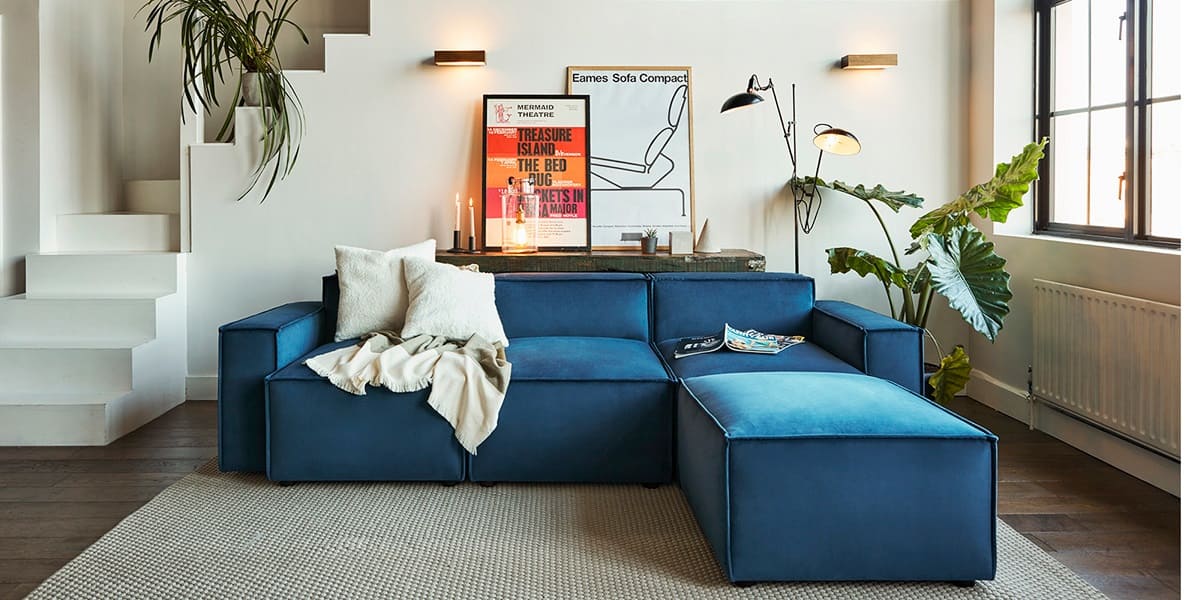
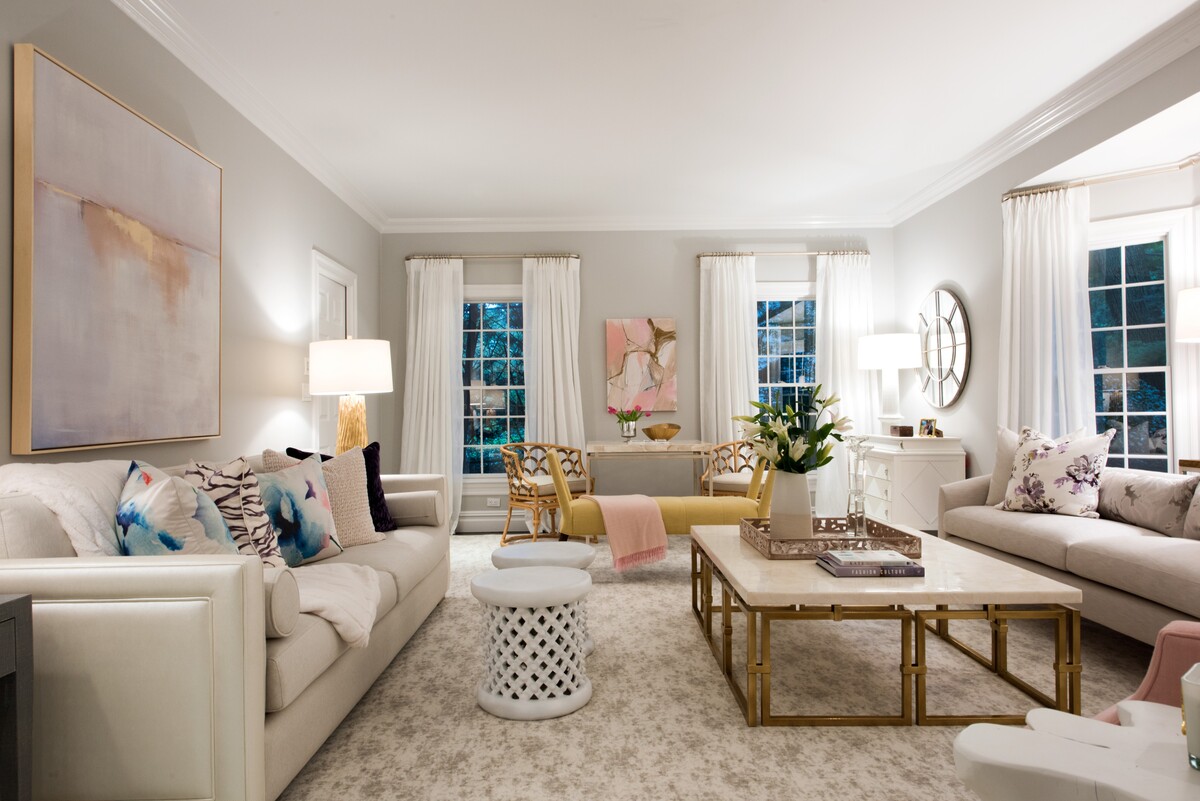
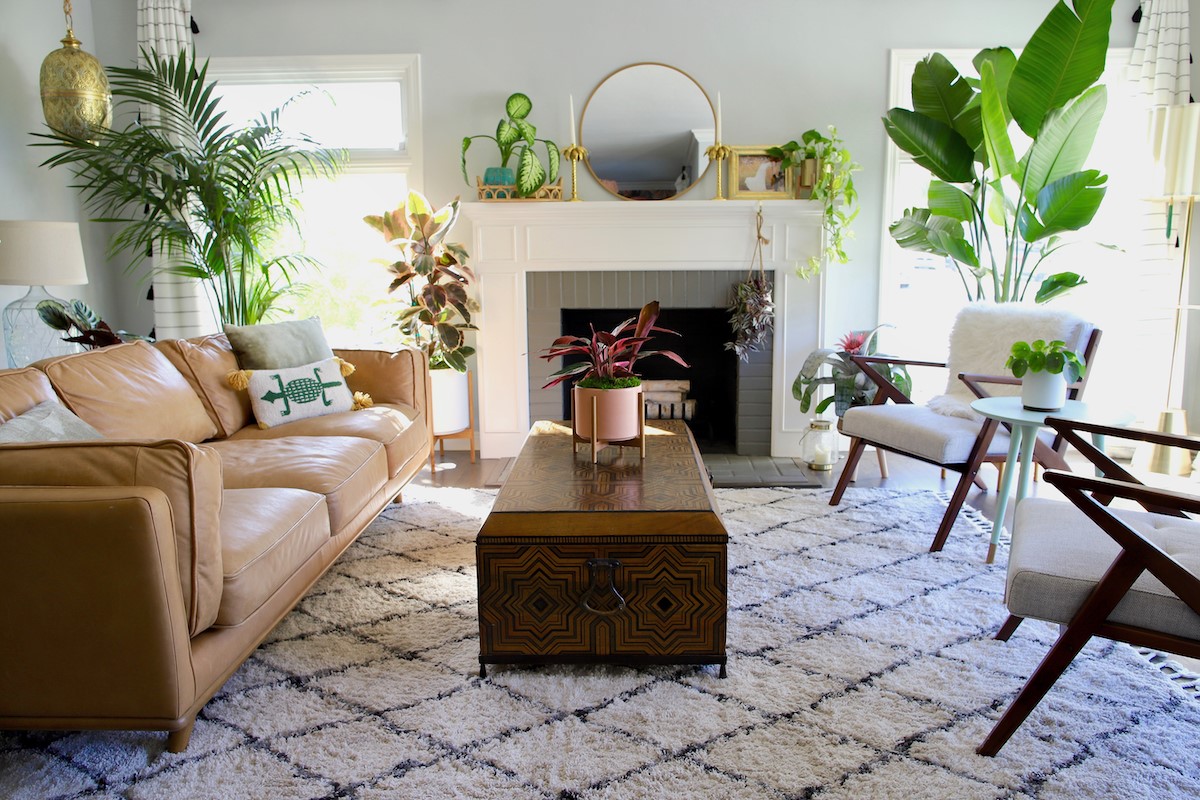
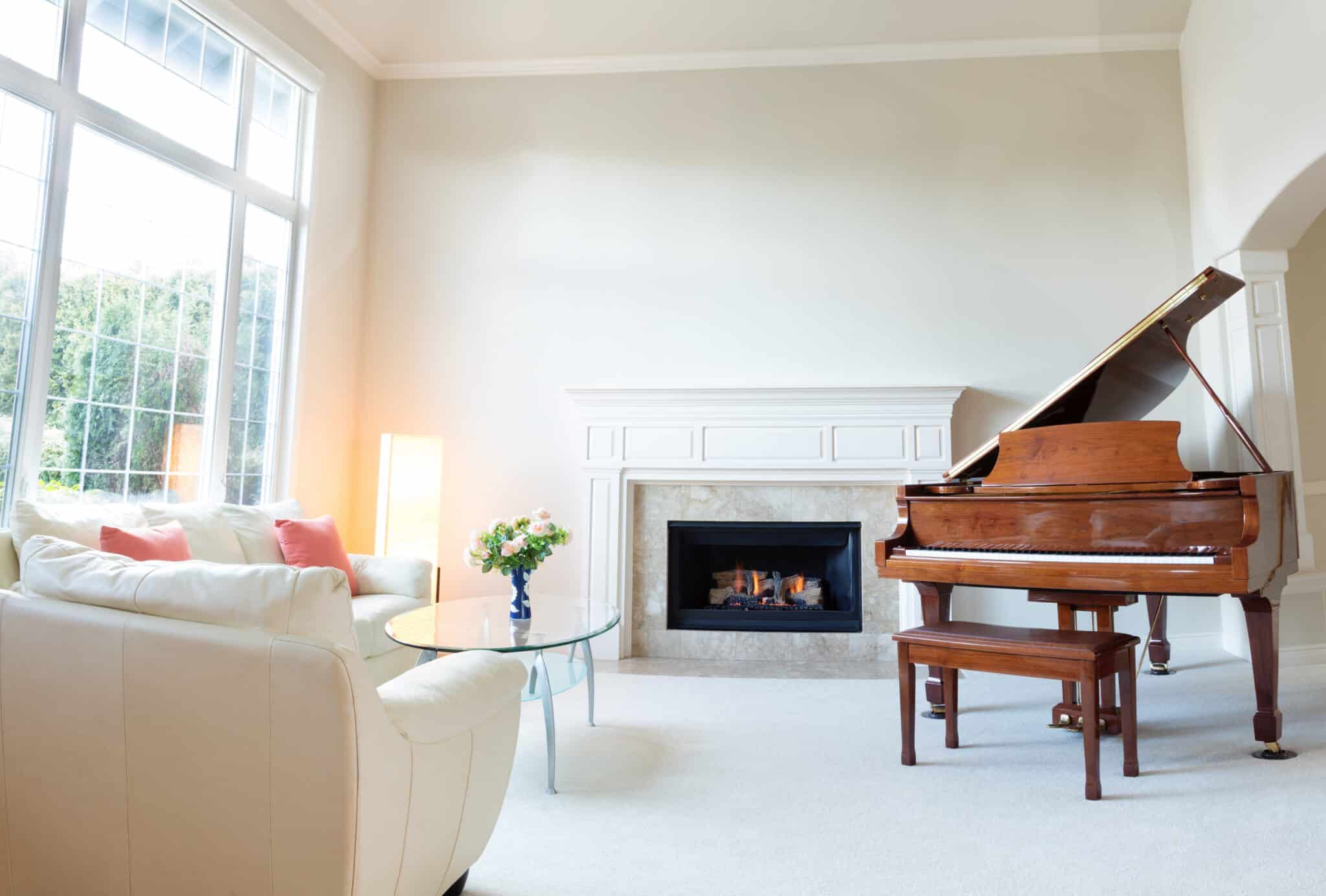
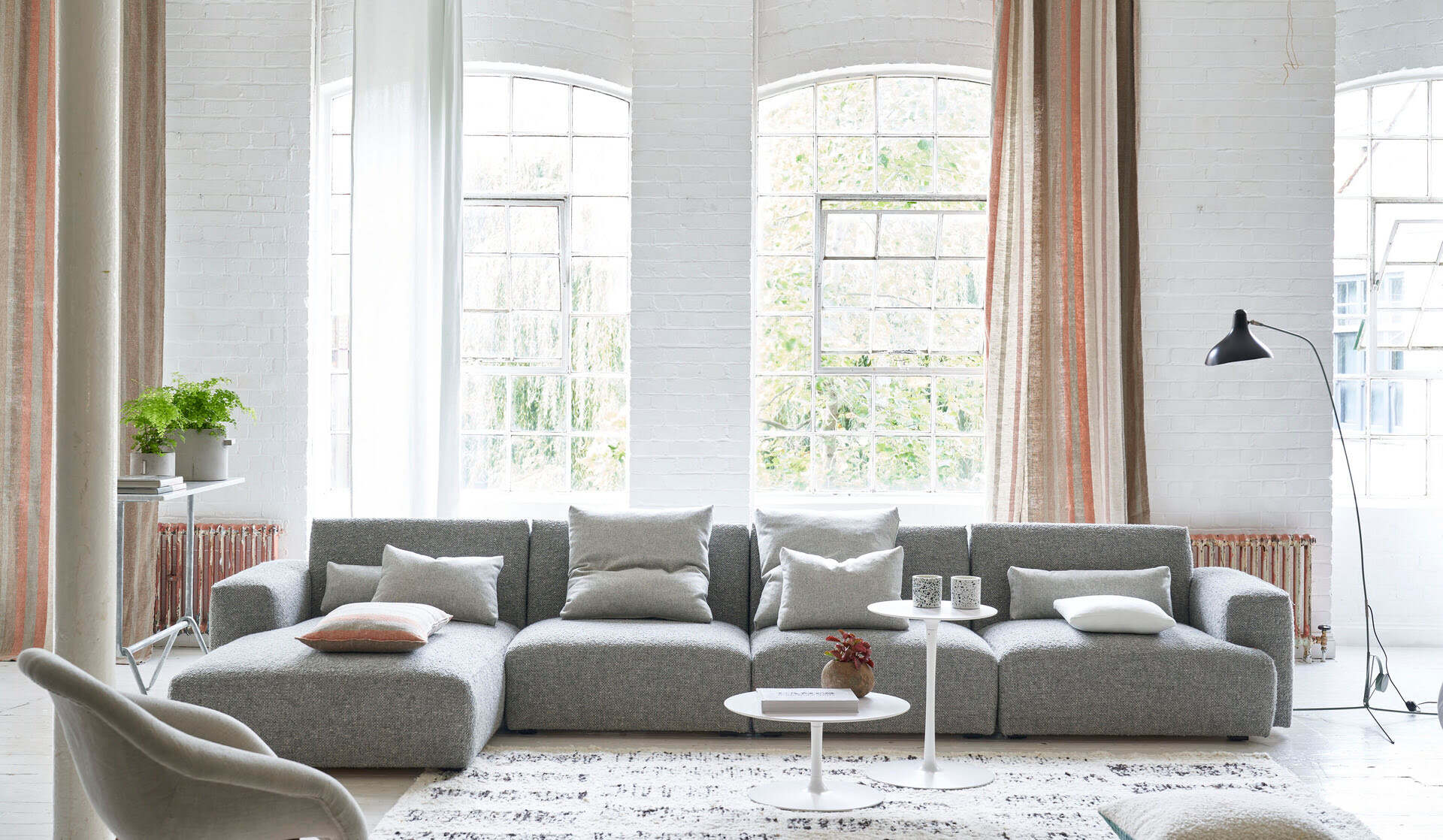
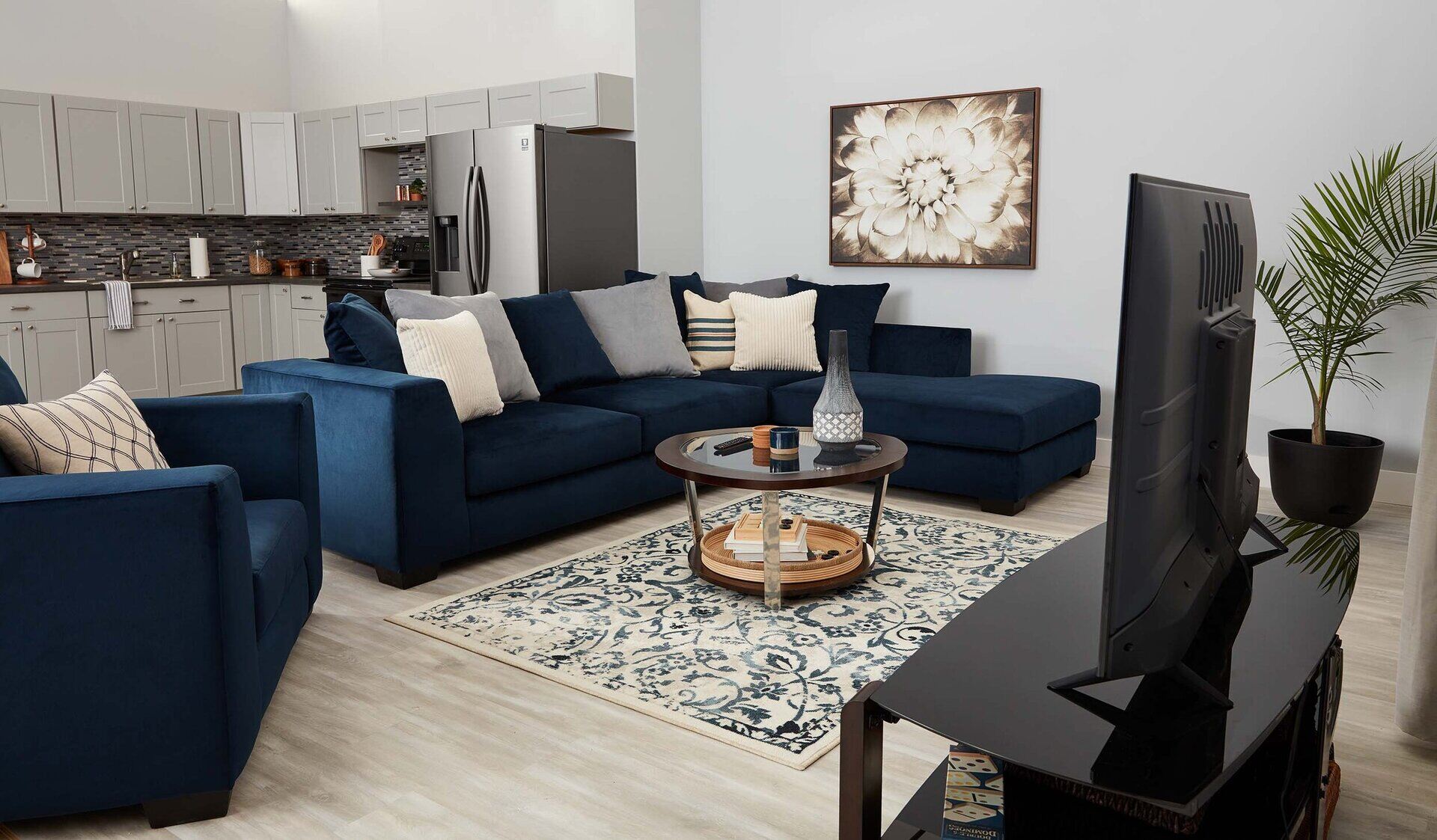
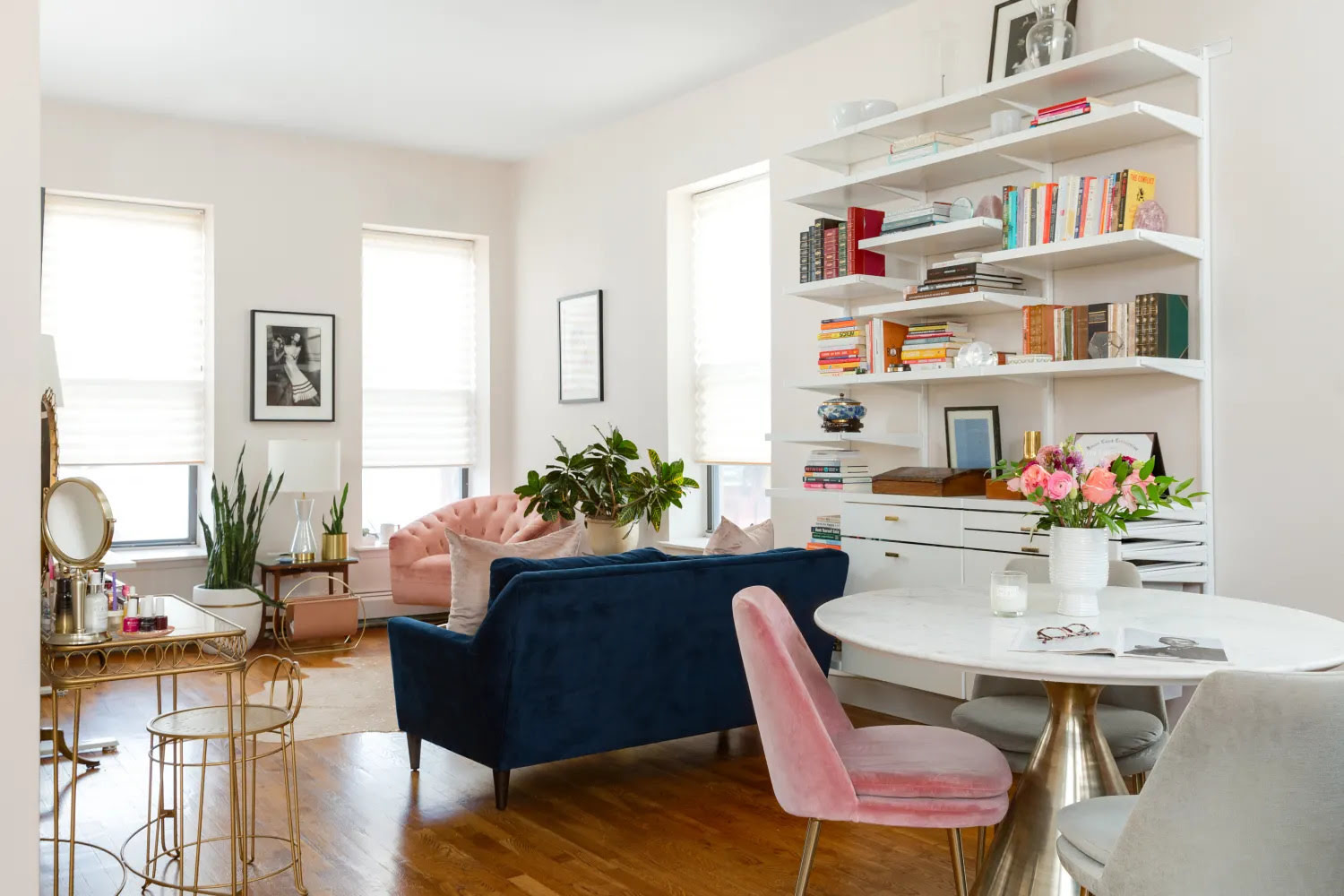
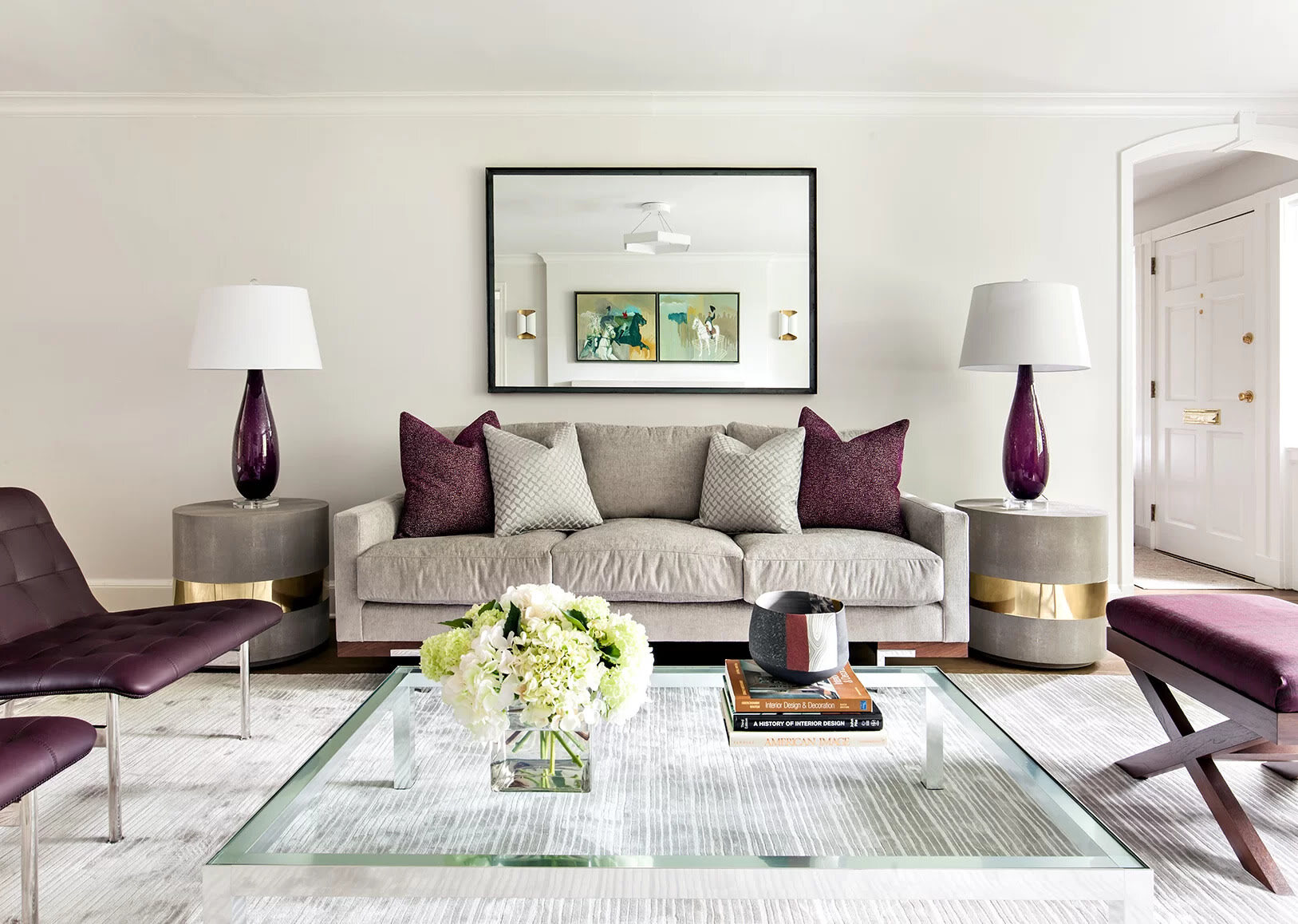
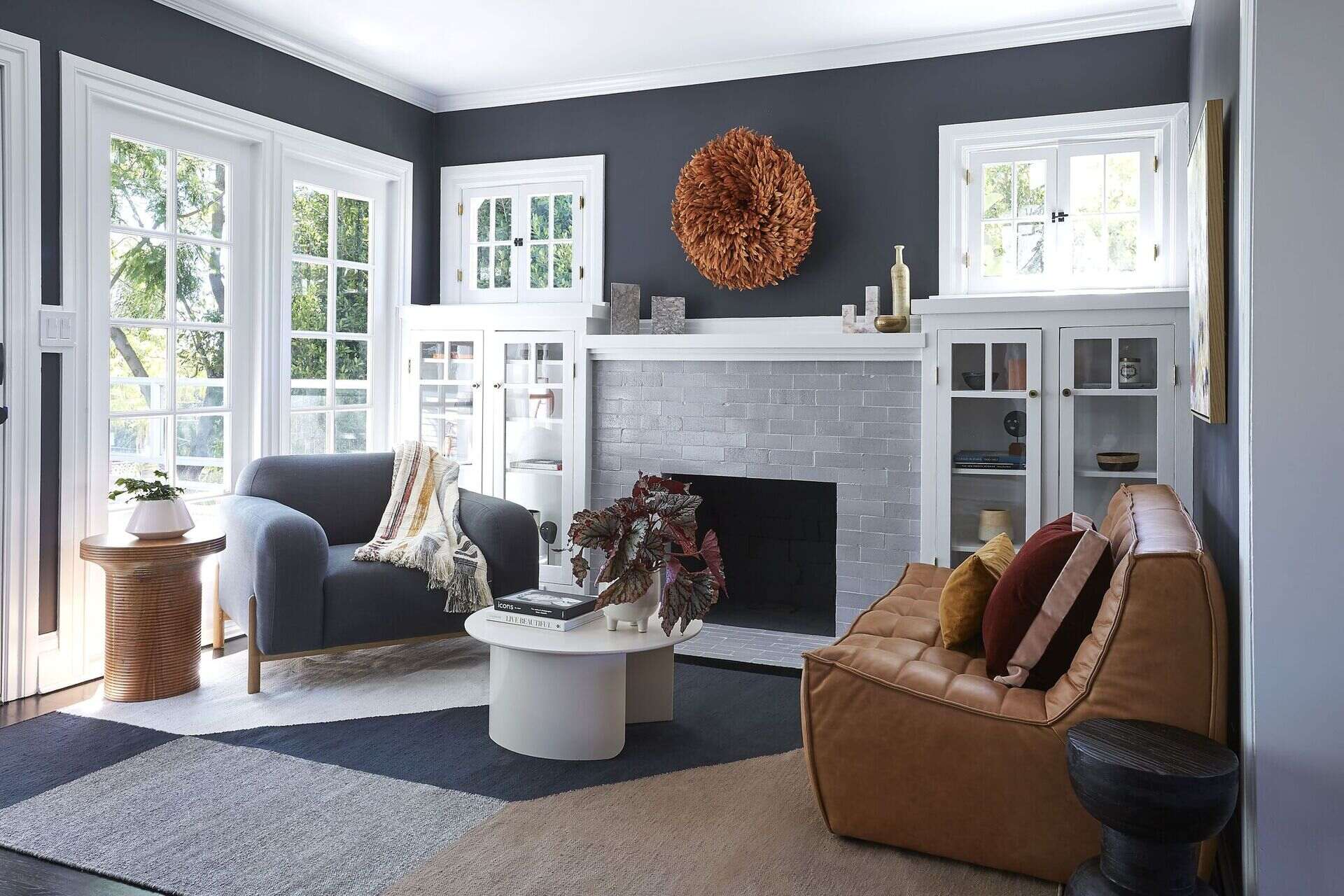
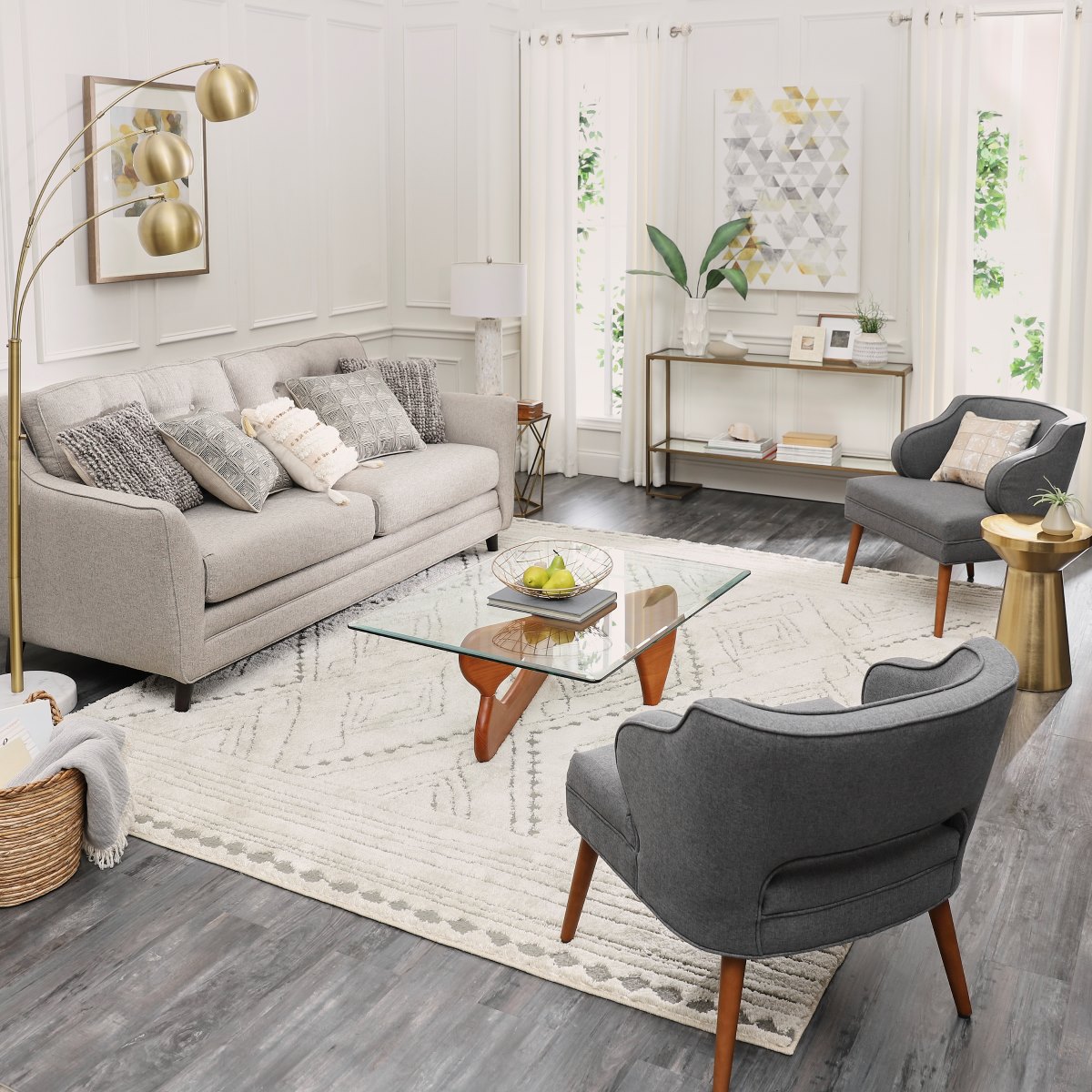
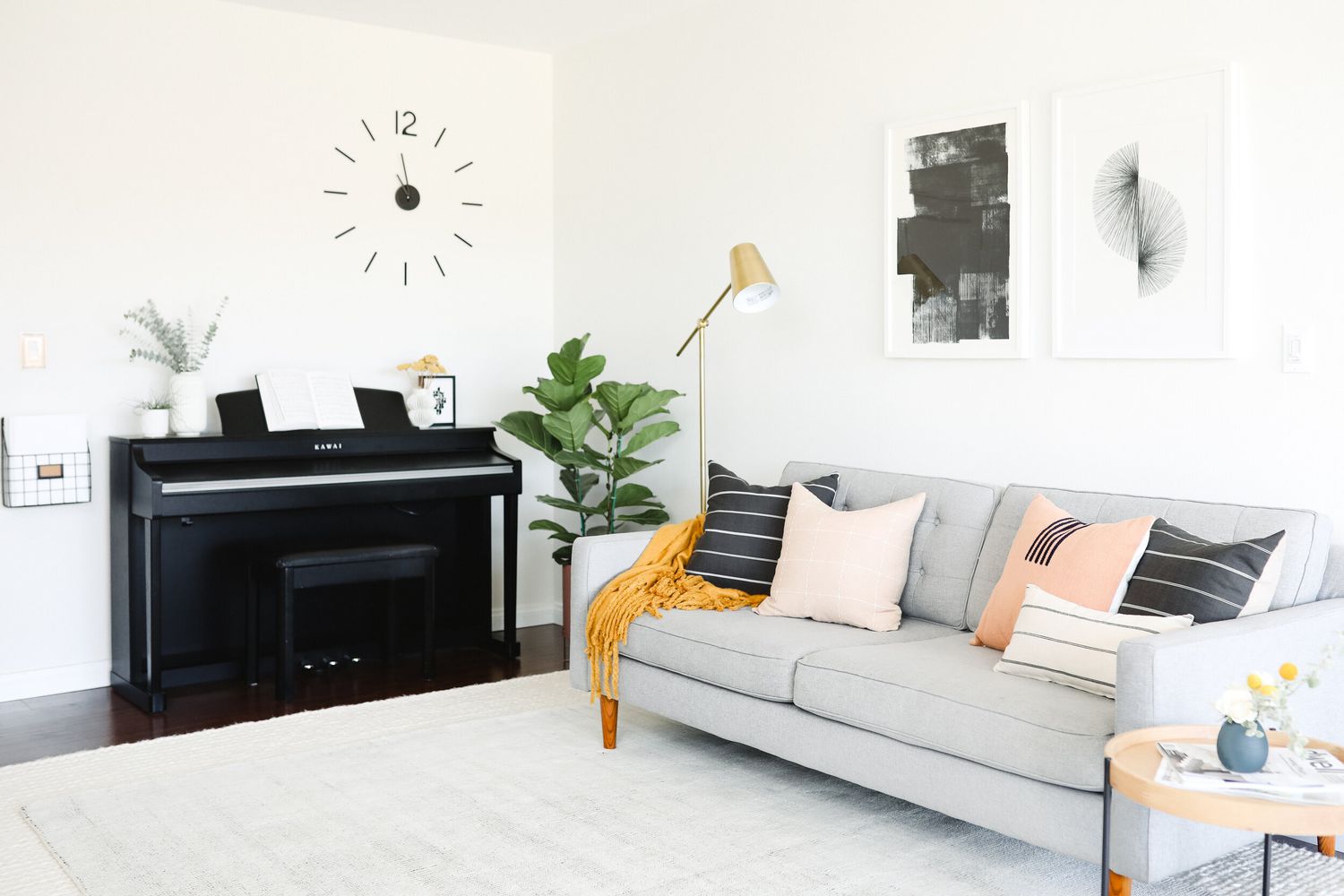
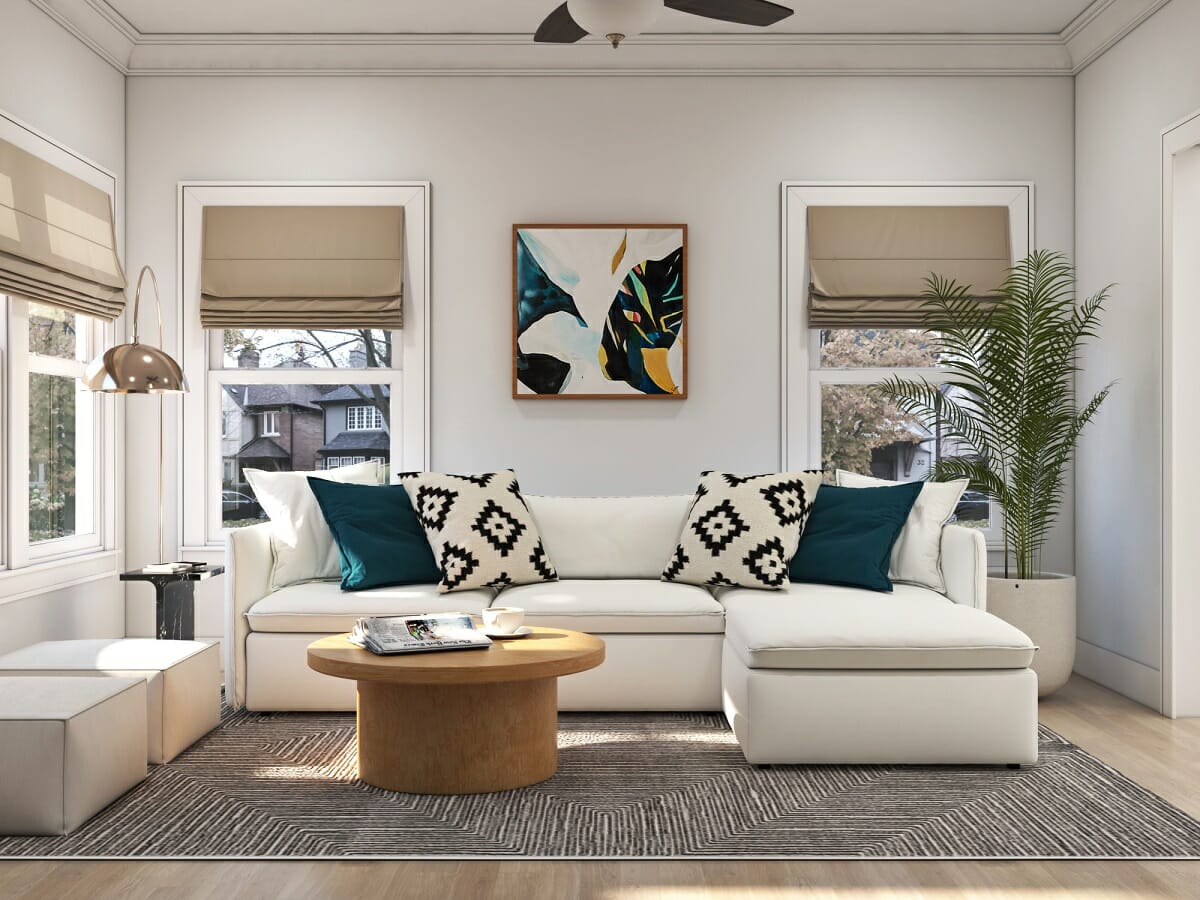
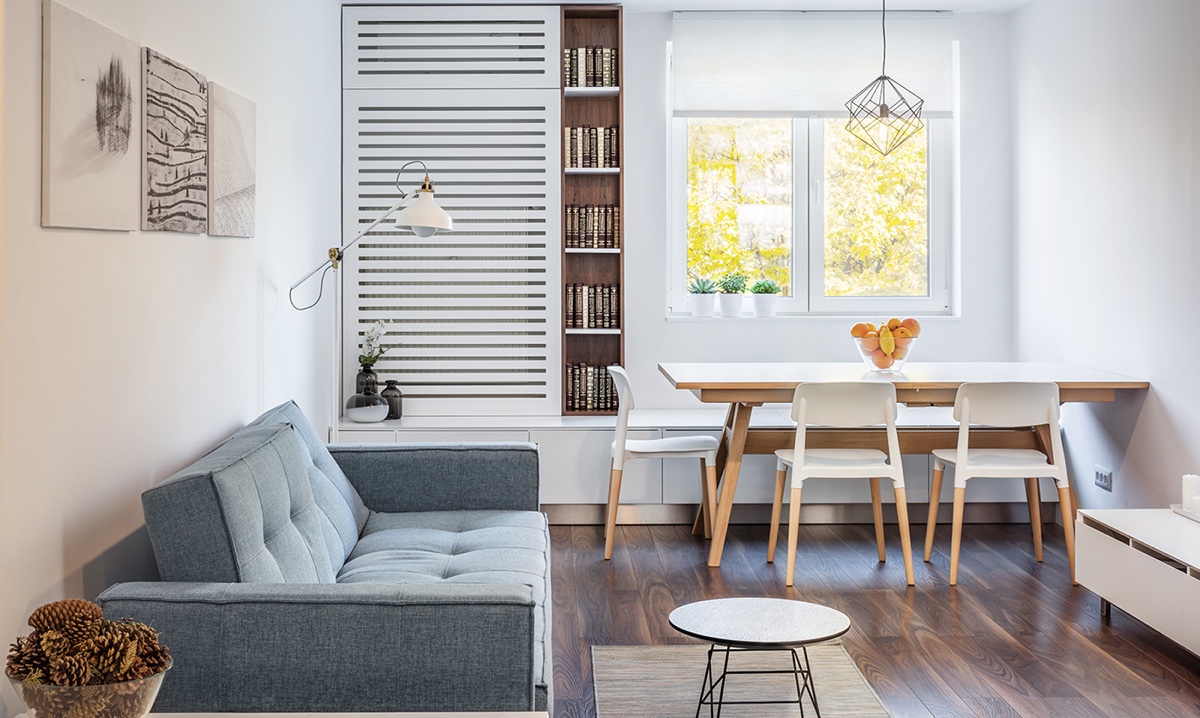
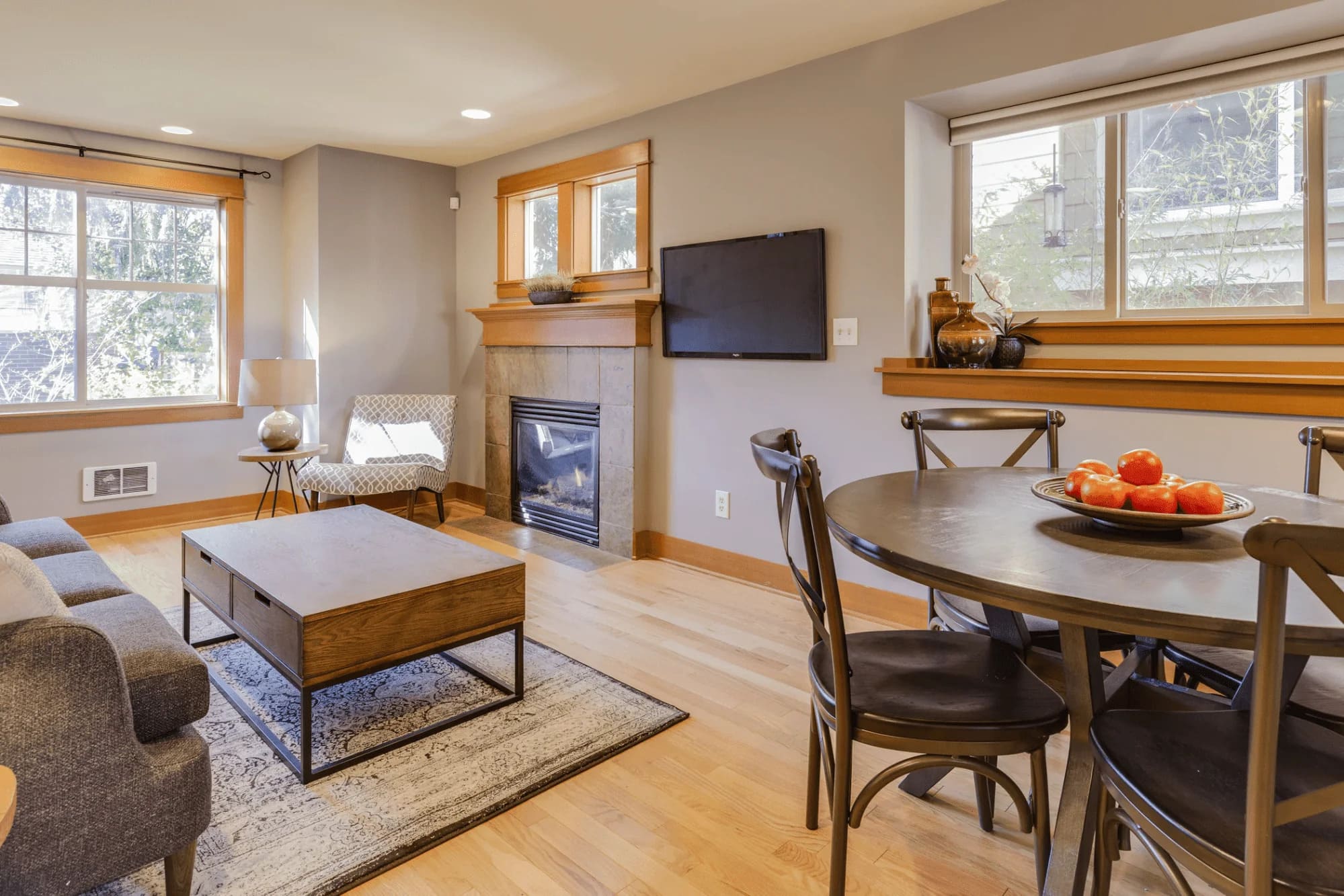

0 thoughts on “How To Place Recessed Lighting In Living Room”